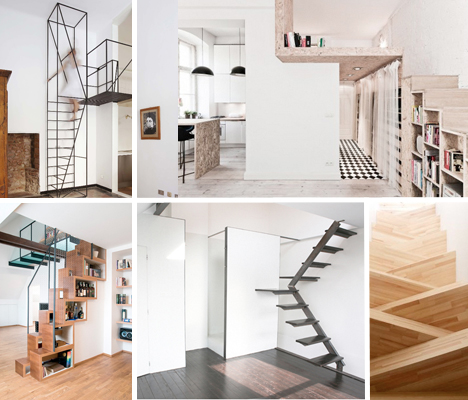Understanding Staircase Building Codes Worldwide

Navigating the complex world of staircase building codes is essential for any construction project. These regulations vary significantly across countries and regions, reflecting different safety philosophies, architectural traditions, and legal frameworks.
North American Standards
The United States and Canada share similar but not identical requirements:
- International Residential Code (IRC): Maximum rise of 7.75 inches, minimum run of 10 inches, with variations allowed for spiral stairs.
- Americans with Disabilities Act (ADA): Requires maximum 7-inch rise and minimum 11-inch run for accessible routes.
- Canadian National Building Code: Stricter in some aspects, requiring maximum 7.5-inch rise and minimum 10-inch run for residential stairs.
European Union Regulations
EU countries follow the EN 1991-1-1 Eurocode, with national variations:
Key EU requirements include:
- Residential Buildings: Maximum rise between 16-18 cm (6.3-7.1 inches), minimum going between 25-28 cm (9.8-11 inches).
- Public Buildings: More stringent requirements, especially for emergency exits.
- Handrails: Continuous on at least one side, with specific height and diameter specifications.
Asian Standards
Asian countries show remarkable diversity:
- Japan: Unique "ken" measurement system influences traditional designs, with modern codes requiring maximum 23 cm rise (9 inches).
- China: GB 50352-2005 standard specifies maximum 18 cm rise (7 inches) for residential buildings.
- India: National Building Code allows maximum 19 cm rise (7.5 inches) and minimum 25 cm run (9.8 inches).
Special Cases and Exceptions
Certain architectural styles and space constraints require flexibility:
- Spiral Staircases: Often permitted to have steeper rises (up to 9.5 inches in some jurisdictions) with narrower treads.
- Historical Buildings: May be exempt from modern codes during restoration, within limits.
- Temporary Structures: Construction sites and event venues typically follow separate, often less stringent guidelines.
Understanding these international variations is crucial for architects working on global projects or designing for multicultural communities. While codes establish minimum safety standards, the best designs often exceed these requirements to ensure universal comfort and accessibility.
Back to Top
.jpg?1654265144)


